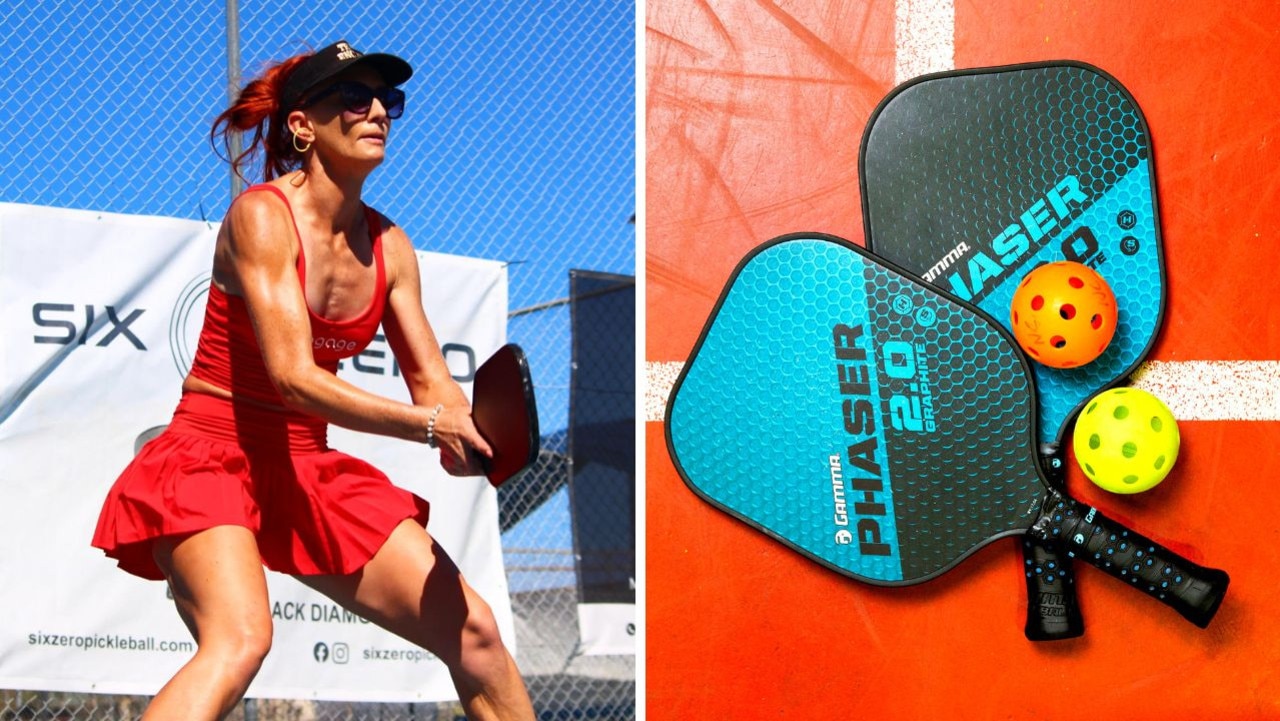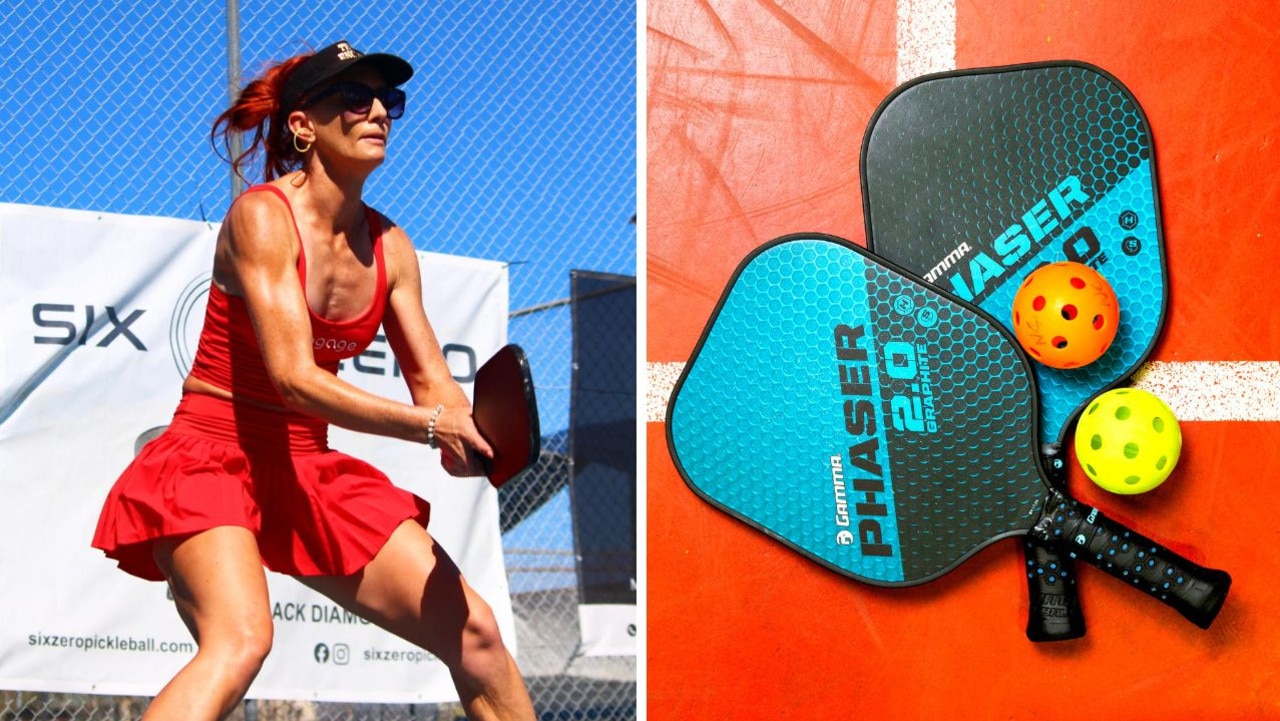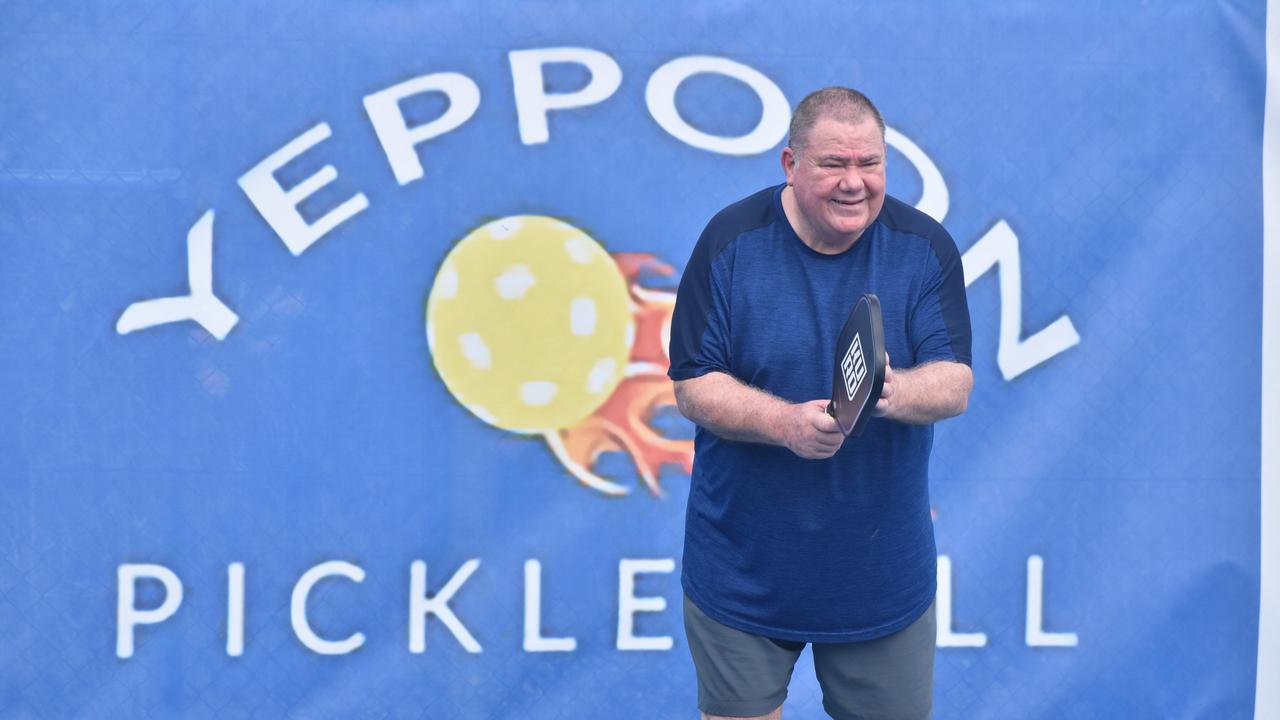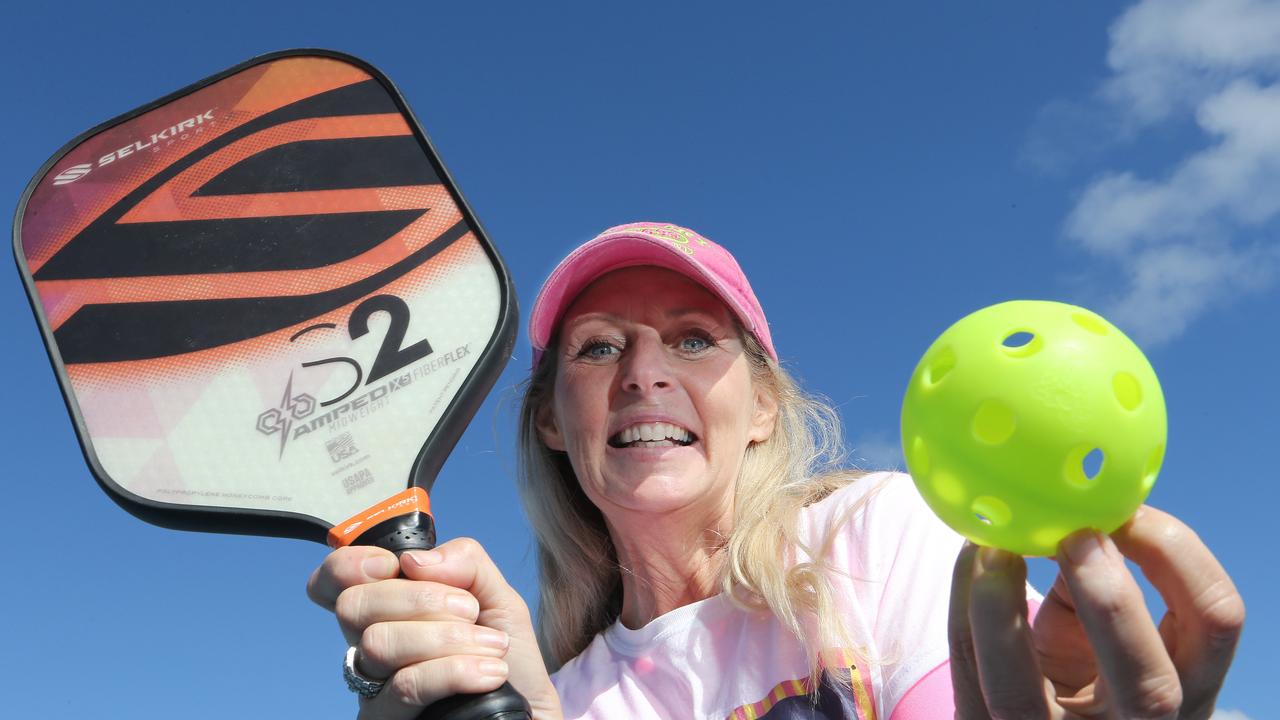Pickleball: Fastest-growing sport creates audible headaches
America’s fastest-growing sport is taking off in a big way down under. But one major issue with it is leading to conflicts and lawsuits.

Pickleball, a sport that’s swept across the United States, is experiencing remarkable growth.
In 2022, it had 8.9 million players, marking a 159 per cent surge over three years, according to the Sports & Fitness Industry Association.
This week, the Apple Heart and Movement Study shed light on pickleball’s rising popularity in health and fitness with huge benefits including improved mental health outcomes.
For those new to the sport, it combines elements of tennis, table tennis, and badminton, played on a court similar in size to a badminton court, using a paddle and a small perforated plastic ball.
The unique blend of racquet sports has garnered attention not only for its playability but also for its noise.
The shorter and smaller court’s layout accommodates more players. Each time the ball is struck, a distinctive “pop” sound reverberates across the court.
This means pickleball’s rise in popularity has been met with challenges.
Various communities across the US are grappling with noise complaints, sparking disputes and even lawsuits.

The game’s distinctive features, while celebrated, have also led to conflicts.
Noise concerns have given rise to petitions and legal action aimed at limiting the sport and preventing the construction of new courts.
One of the consequences of its growth is the conversion of tennis courts into pickleball courts, leaving tennis enthusiasts disgruntled.
Tennis organisations are collaborating with parks and recreation departments to ensure both sports can coexist peacefully.
The noise issue, however, continues to annoy to residents living near courts.
The higher pitch of pickleball hits is more frequent and unsettling to some compared to the lower-pitched sounds typically associated with tennis.
Pickleball’s loud influence is not confined to the United States.

In Australia, the sport is experiencing its own surge in popularity.
It can be played in singles and doubles formats. Its distinctive underhand serves and smaller courts can create a dynamic akin to chess.
The sport’s easy-to-grasp rules and accessibility have made it a hit among newcomers. It’s a game for all ages and skill levels.
Pickleball’s origins are traced back to a summer’s day in 1965 in the US when three friends, seeking to alleviate boredom, created the game.
Legend has it that the sport’s name was inspired by a resourceful family dog named Pickles, known for retrieving stray balls.

While Queensland was initially at the forefront of pickleball’s spread in Australia, it’s now gaining traction in New South Wales and Victoria.
More Coverage
The Pickleball Australia Association has seen incredible growth, boasting over 7,000 members. In just six weeks, it also welcomed 1,000 new players from the southern states — and it is on track to reach 10,000 members by the end of the year.
Moreover, it anticipates six professional tournaments in 2024, offering a total prize pool of $600,000.
Despite the ongoing noise challenges, pickleball’s appeal continues to reshape the sporting landscape in the United States and is gaining traction Down Under.





